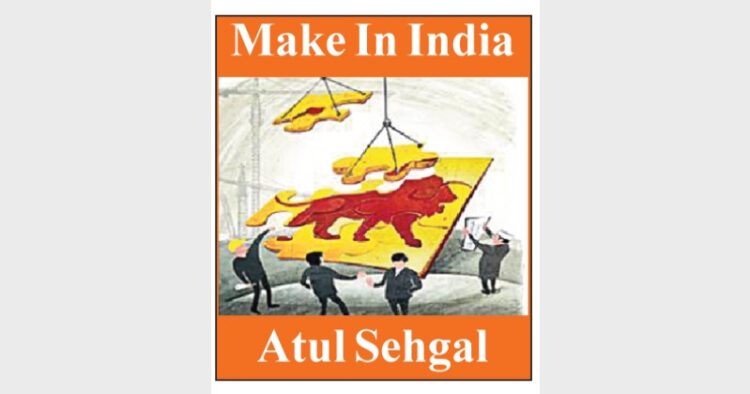Intro: Mining industry in India has to be looked in the context of economic development which envisages India becoming a global industrial power and a large manufacturing hub.
India is a naturally gifted country in terms of mineral wealth. It has huge deposits of iron, copper, manganese and aluminium ores besides a wide range of non metallic minerals. It is the world's fourth largest producer of iron ore. It possesses large deposits of coal and lignite of which we have exploited barely 25 per cent so far.
We need to upscale our mining industry to meet the bourgeoning needs of our growing industry, which is now set to enter a much faster growth trajectory. India is the largest producer of sheet mica and the fifth largest producer of bauxite in the world. Mining operations in India are regulated under the Mines and Minerals Development and Regulation Act of 1957. After the onset of economic liberalisation in 1991, a separate National Mineral Policy was promulgated in 1993 which set out the role of private sector in exploration and mining and the MMDR Act of 1957 was amended accordingly to provide for a reasonable concession regime for attracting private sector investment including FDI in exploration and mining.
It is an irony that in spite of having one of the world's largest reserves, ranking within top five in many minerals, the Indian mining industry contributes only about 1.2 per cent to India's GDP. At this scale of production, the supply of metals and minerals may continue to fall behind demand due to numerous factors such as lengthy approval mechanisms which delay environmental clearance of mining projects, logistical constraints and archaic laws which need reforms. In recent times, the court imposed bans in many states and capping of environmental clearance limits had a severe telling effect on the production of iron ore and coal in the country.
India needs to put in a more progressive and pragmatic policy to explore, extract and use mineral wealth by making the clearance mechanism faster, smoother and more transparent. Allocation of mines should be performed through the electronic mode in keeping with this transparency. The Modi Government has done well to do policy refinements to provide a mining lease of 20-30 years for developers and extend fiscal and other incentives to encourage domestic private investment and FDI in mining sector.
But we need to have a more pragmatic perspective to push things forward in the mining sector. We need to substantially improve our mining safety record. We must understand that fully empowering the State Governments in mine regulation has not helped but hindered matters on the mining front. We are privy to the obstruction of the smooth development of mines through bureaucratic red tape, political interference and corruption in the states. This has been in stark evidence from 2009-2013 in Jharkhand where the State Government machinery hardly functioned without the gratifying grease.
The State Governments have shown their ineptness in satisfactory resettlement and rehabilitation of local population displaced by mining projects. The Central Government has to realise that it cannot leave it to State Governments to manage issues related to mines which are truly national assets. Environmental issues need to be settled very pragmatically and centre has to be more active and participatory in the mine development process. To these ends, we need to consider further amendments In the MMDR Act, 1957.
It is also a pity that India's natural mineral resources have not even been fully assessed yet. A number of areas remain unexplored. The distribution of minerals in the areas known is uneven and varies drastically from one region to another. This needs to change and the Central Government should lose no time in starting a process of reassessment of our mineral wealth by engaging professional agencies.
Problems caused by local mining mafia, unscrupulous mining contractors or subcontractors who exploit child labour and show our country in poor light for Human Rights violations need to be seriously addressed. We also need to induct higher technology in many mining areas like deep cast mining for coal.
The entire sector needs to be professionalised and developed extensively through private investment or under PPP Model supplementing the operations of the central and state PSUs engaged in mining development. When we talk of professionalism, we shall have to improve mining efficiency and also adopt sustainable mining practices, besides effectively address CSR issues and take care of commercial and economic interests of all stakeholders.
(The writer is a senior columnist)














Comments